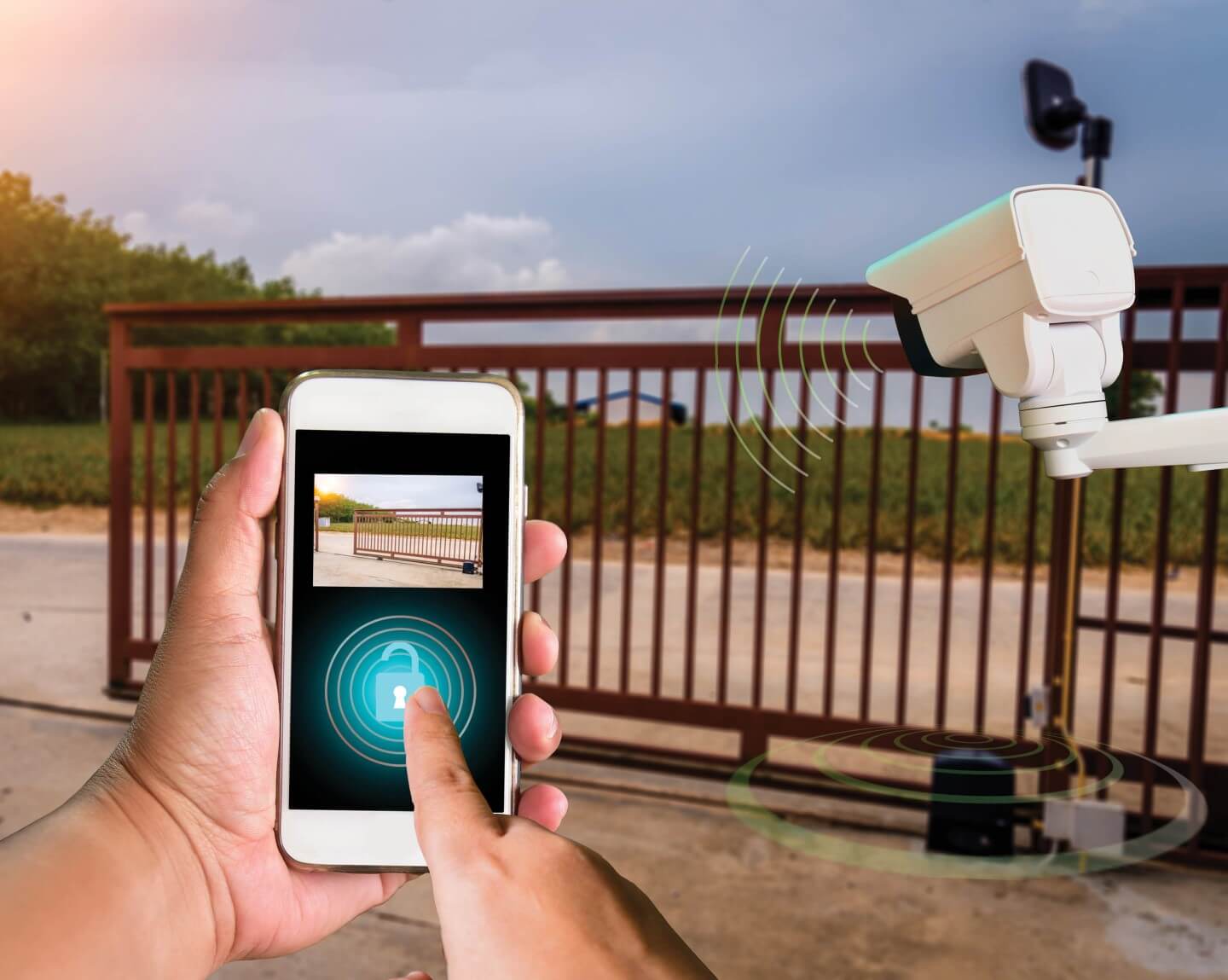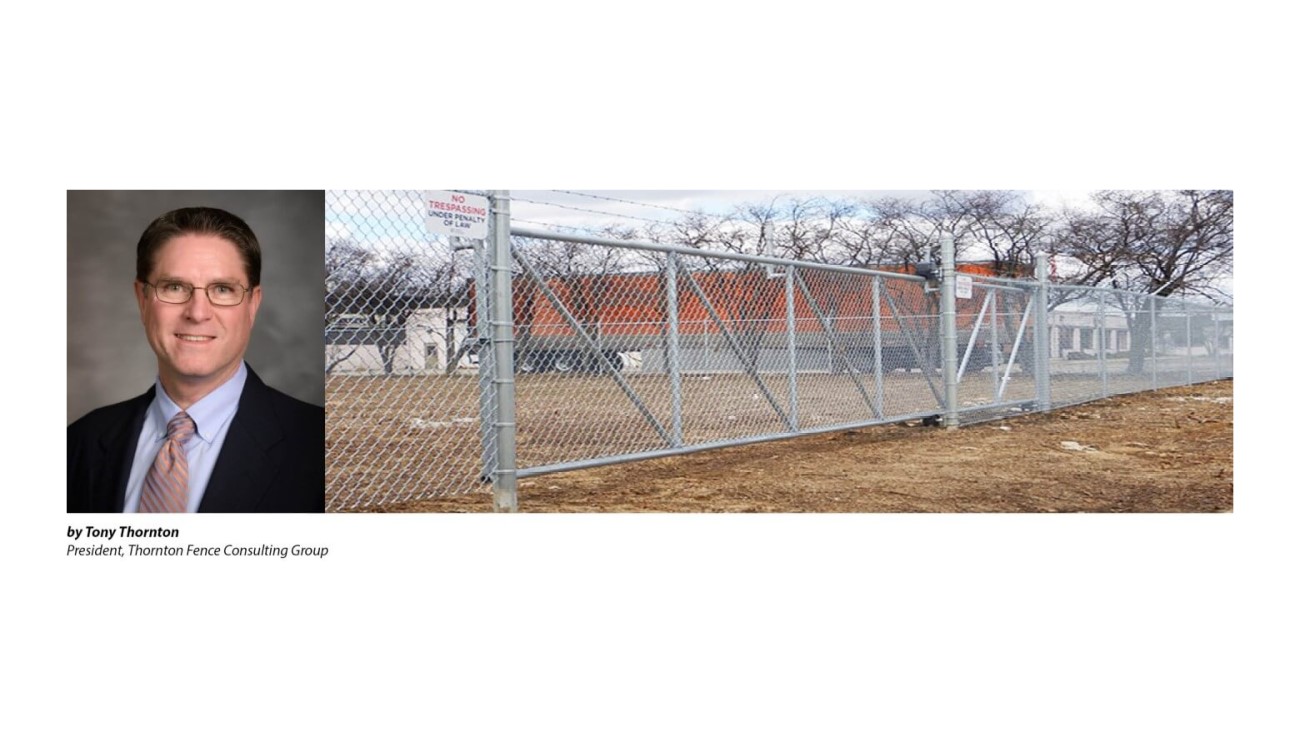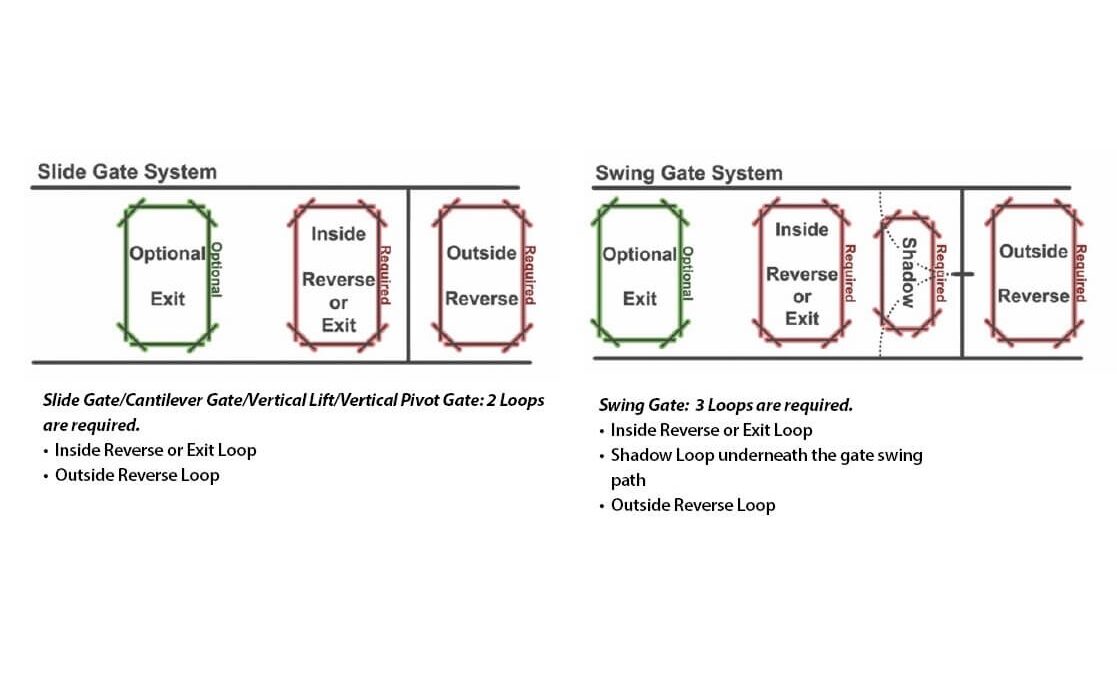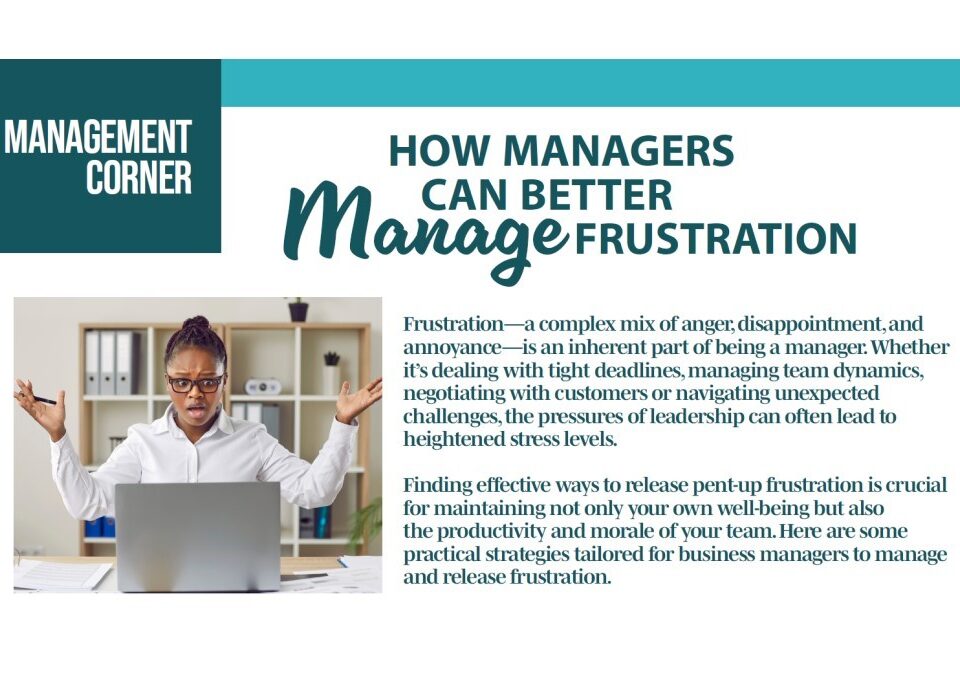
Access Control System Considerations
July 26, 2022
Chain Link Fence Gate Fabrication Standards
July 26, 2022Designing Successful Loop Systems
It’s the little details that are vital. Little things make big things happen and govern success or failure. So many of the things we touch in our daily lives go unnoticed because they are designed well. Some may think good design is flashy and gets lots of attention, but good design is invisible. It’s something that satisfies a goal, function, or objective so well that it often goes unnoticed. Good design is also important with automatic gates.
“Loops are an automatic gate accessory that many customers don’t think about,” explains Brian Dickson, president of BD Loops, a designer of preformed direct burial and saw-cut induction loops for the gate, door, and parking industries. “For the public, a well-designed access control system will function automatically. The average Joe doesn’t understand how loops work or how they are utilized to protect their gate system.”
The design expectation is the gate will open and close automatically and won’t close on the vehicles using the system. This article will explain proper loop layout design for automatic gates to exceed these design expectations.
What is a loop?
An inductive loop is a vehicle detection device which detects moving metal objects such as cars. Loops are installed with automatic gate systems to detect vehicles and prevent the gate from closing on a vehicle or provide a method of free egress by automatically opening the gate for an exiting vehicle.
Dickson provides explanations of loop functions for automatic gates:
-
A Reverse/Interrupt/Obstruction Loop will reverse a closing gate if a vehicle is detected. A reverse loop will also hold a gate open if a vehicle stops over the loop. If a gate is fully closed and a vehicle drives over a reverse loop, the gate will not open. Reverse loops protect the gate path without providing an exit function. They are often utilized on the outside (non-secure) side of a gate.
-
An Exit/Egress/Automatic Open Loop will automatically open the gate when a vehicle drives over it. It will also hold a gate open and reverse a closing gate just like a reverse loop. An exit loop will do everything a reverse loop does plus automatically open the gate which is why exit loops can be used in replace of an inside reverse loop (if installed up close to the gate).
-
Shadow/Phantom/Center Loop is only found on swing gates, and is placed directly under the swing path of the gate. “Many installers do not fully understand the function of this critical loop that protects the swing path,” Dickson says. A shadow loop will check to see if a vehicle is within the swing path of the gate before the gate closes (on some gate operators, it will also check before the gate opens). If a shadow loop is installed, the gate will not close if a vehicle is within the swing path of the gate. “Drivers stop in the swing path of the gates for many reasons, such as waiting to turn onto the road or taking a call,” he explains. “Without a shadow loop, their car could be hit by the gate.”
The shadow loop is very important. On a 12 ft. single swing gate, there is 20 ft. of undetectable area between the inside and outside reverse loop that a car can easily stop in and be undetected. The bigger the gate, the larger the undetectable area becomes.
How many loops does a gate system need?
“This is one of the questions we are asked the most,” Dickson says. “The answer depends on the type of gate. These recommendations are static regardless of if other devices are also installed (such as photo eyes).”
Optional Exit Loop:
“If space permits on your gate system, you may want to install an additional exit loop further down the driveway as a time saving convenience so the gate will be more open or fully open by the time an exiting vehicle reaches the gate,” he says.
Dickson encourages contractors to suggest the proper number of loops to the customer. “You are the expert on automatic gate systems, not the customer. They will not be aware of all the accessories that can make their system smarter and more intuitive to use. They won’t know that without the right number of loops, there will be instances where the gate can close on a vehicle. Your expertise and suggestions can help the customer better enjoy their gate system and make it safer to use.”
Ask the customer how they imagine the gate system will work, make suggestions and explain how safety devices work and how the system will function without them. This rule doesn’t apply to just loops. Explain there are accessories that can make the gate system more convenient and enjoyable to use such as safety edges, a gate intercom, or wi-fi connectivity “smart operator” functions so they can use their phone to check if their gate is open or open it remotely.
“Don’t be afraid to recommend an additional exit loop installed further back for added convenience. Always recommend the proper number of reverse and shadow loops to prevent closure of the gate onto a vehicle to give yourself and the user peace of mind and prevent panic and risky actions when a gate is closing,” Dickson advises.
“When a customer hires you or your company to automate their gates, they look to you to be the expert. Expertise is often overlooked,” he says. “Don’t be afraid to be the expert and make suggestions that improve the overall design of the system. Sell the right number of loops, make the system more intuitive by installing additional exit loops, and upsell the job. Impress and give confidence to your customers by being that expert who will bring more value over the cheapest bid. This doesn’t apply to only loops, but there are a lot of accessories that can be put into a gate system to improve a customer’s experience with a gate. You know about these accessories, but the customer does not.”
BD Loops has been in business for over 20 years, its products are available through over 600 distributors in the U.S. and Canada.
Visit www.bdloops.com for more information and to find a distributor location.




